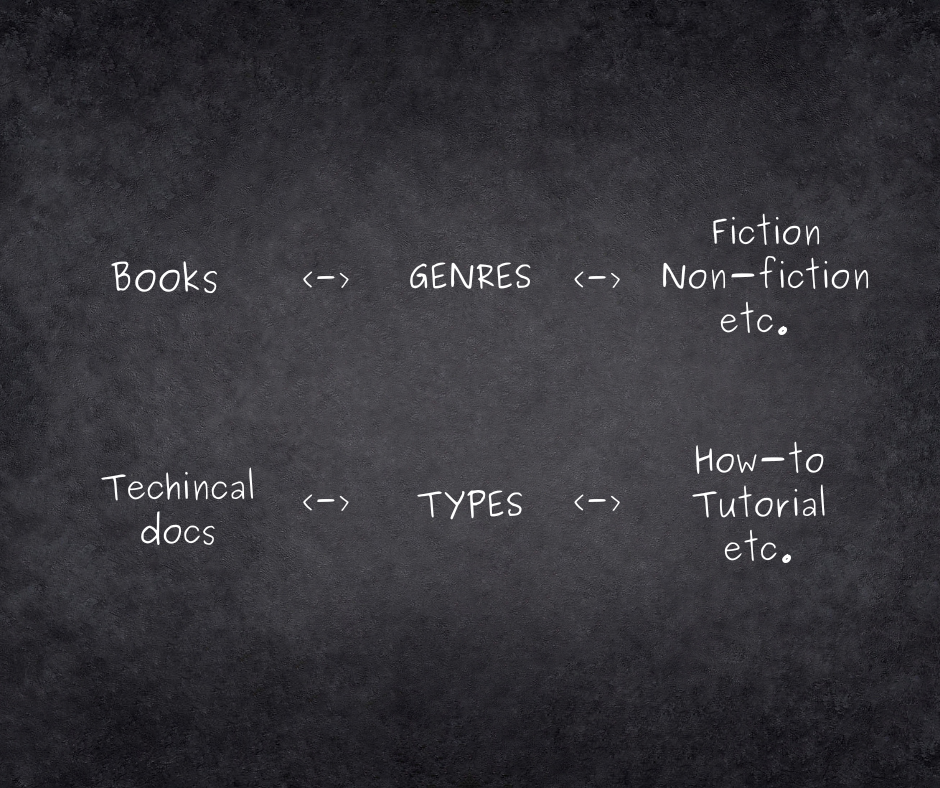The outro recaps what you did – write technical documentation! – and introduces next steps like organizing a collection of documentation, revising existing content, and expanding your technical writing skills by joining the technical writing community.
Part 4: Test, Edit, And Publish Content
After completing Parts 1, 2, and 3 of this tutorial, your once blank page now has technical writing – you're officially in the home stretch! Technical writing on a page becomes technical documentation only after you test, edit, and publish the content.
Do not underestimate the exponential payoff that comes from testing and revising content. More than one technical writer can claim that revision has either uncovered bugs in software or improved it.
Part 3: Draft Content That’s Accurate, Consistent, And Concise
In my opinion, creating good headings and organizing them in a way that’s helpful to readers is much more challenging than drafting content. So pat yourself on the back for completing Part 2 of this series and making it to Part 3. 👏 👏 👏
However, there are three things that undo exceptional headings and structure in technical documentation: content that is inaccurate, content that’s inconsistent, and content that’s inflated.
Part 2: Use Good Headings For Structure And Scanning
Part 1 of this tutorial introduced you to the content types that are most common in technical documentation. You also evaluated a real-life example as a reader, and you may have realized how headings are essential to a good reader experience. It’s because readers on the web do not read – they scan¹ . People actually read 25% slower on the web² and they only read 20% of the content on a page³. (This data is from 2008; I’m scared to know the percentage today.)
Part 1: Learn The Different Types Of Technical Documentation
In the same way the term “books” includes fiction, nonfiction, and biographies as genres, the term “technical documentation” includes many different content types. But what sets technical documentation apart from books are reader traits. These traits are a result of what the reader does as they read technical documentation – they use the app.





